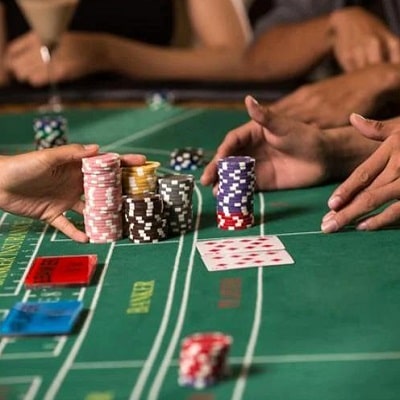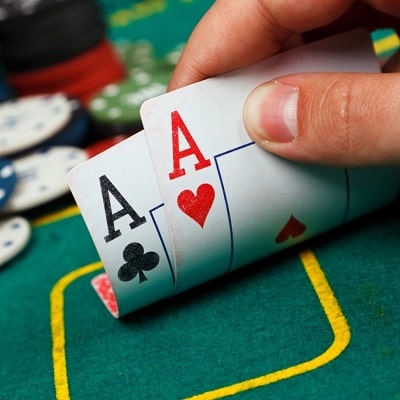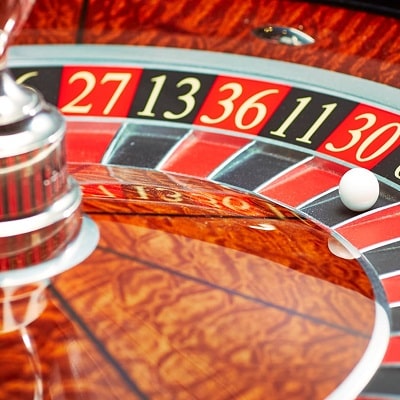The power of starting card combinations in blackjack
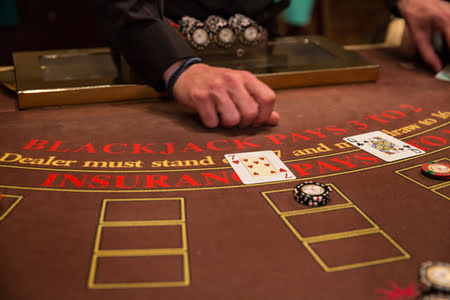
Blackjack, often hailed as the king of the casino floor, is not just a game of luck but also of strategy. The excitement begins the moment the cards are dealt, with your starting hand setting the stage for what’s to come. Understanding the frequency and potential of initial card combinations can significantly elevate your game. This article delves into the art of mastering starting hands in blackjack, offering insights into how these early moments can shape your path to victory.
Frequency of Distribution of Initial Combinations
In blackjack, the initial hand you’re dealt comprises two cards, which can dramatically vary in strength. The deck presents a multitude of starting combinations, but how often do they occur? Statistically, being dealt a natural blackjack (an Ace paired with a 10 or face card) happens approximately 4.8% of the time. Meanwhile, hard hands (those without an Ace or where the Ace counts as one to avoid busting) and soft hands (featuring an Ace counted as 11) fill out the remainder of the potential starting scenarios. The distribution frequency of these combinations lays the groundwork for understanding your chances right from the start.
Probability of Winning with Different Combinations
The allure of blackjack partly lies in its blend of chance and strategy. A natural blackjack is the most coveted start, offering a 150% payout and boasting the highest win probability. Soft hands provide flexibility, allowing players to draw without the immediate risk of busting, thus offering a strategic advantage. Hard hands, especially those totaling 12-16, are trickier and require careful navigation, as the risk of busting increases. The probability of winning shifts with each combination, influenced by the dealer’s upcard and the specific game rules in play.
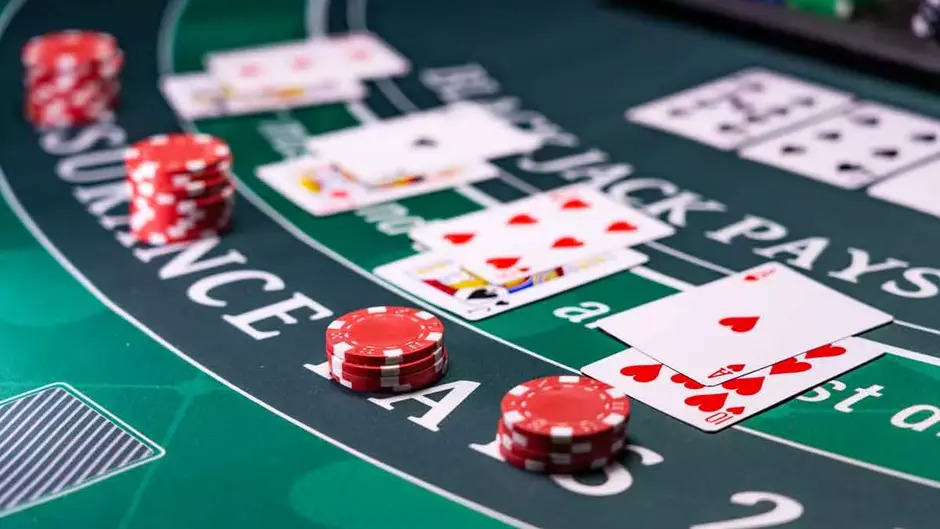
The Most Profitable Card Combinations for the Player
While any hand can turn profitable with the right strategy and a bit of luck, certain combinations set the stage for success. Naturally, a starting hand of an Ace and a 10-value card (natural blackjack) is the most profitable, ensuring victory except against a dealer’s blackjack. Soft hands, particularly those ranging from soft 17 to soft 20 (Ace-6 to Ace-9), are highly advantageous, offering the flexibility to hit for a higher total or stand on a strong hand. Hard hands of 10 or 11 (excluding Aces) are potent for doubling down, potentially doubling the player’s winnings on favorable draws.
Conclusions
The initial card combinations in blackjack are more than just a matter of luck; they are the foundation upon which strategic decisions are built. By understanding the frequency and potential of these starting hands, players can navigate the game with greater confidence and precision. Remember, while the most profitable combinations provide an edge, success in blackjack also requires adaptability, keen observation, and smart decision-making. As you master the art of evaluating and responding to your starting hand, you’ll find yourself not just playing the game but commanding the table.

